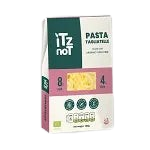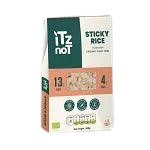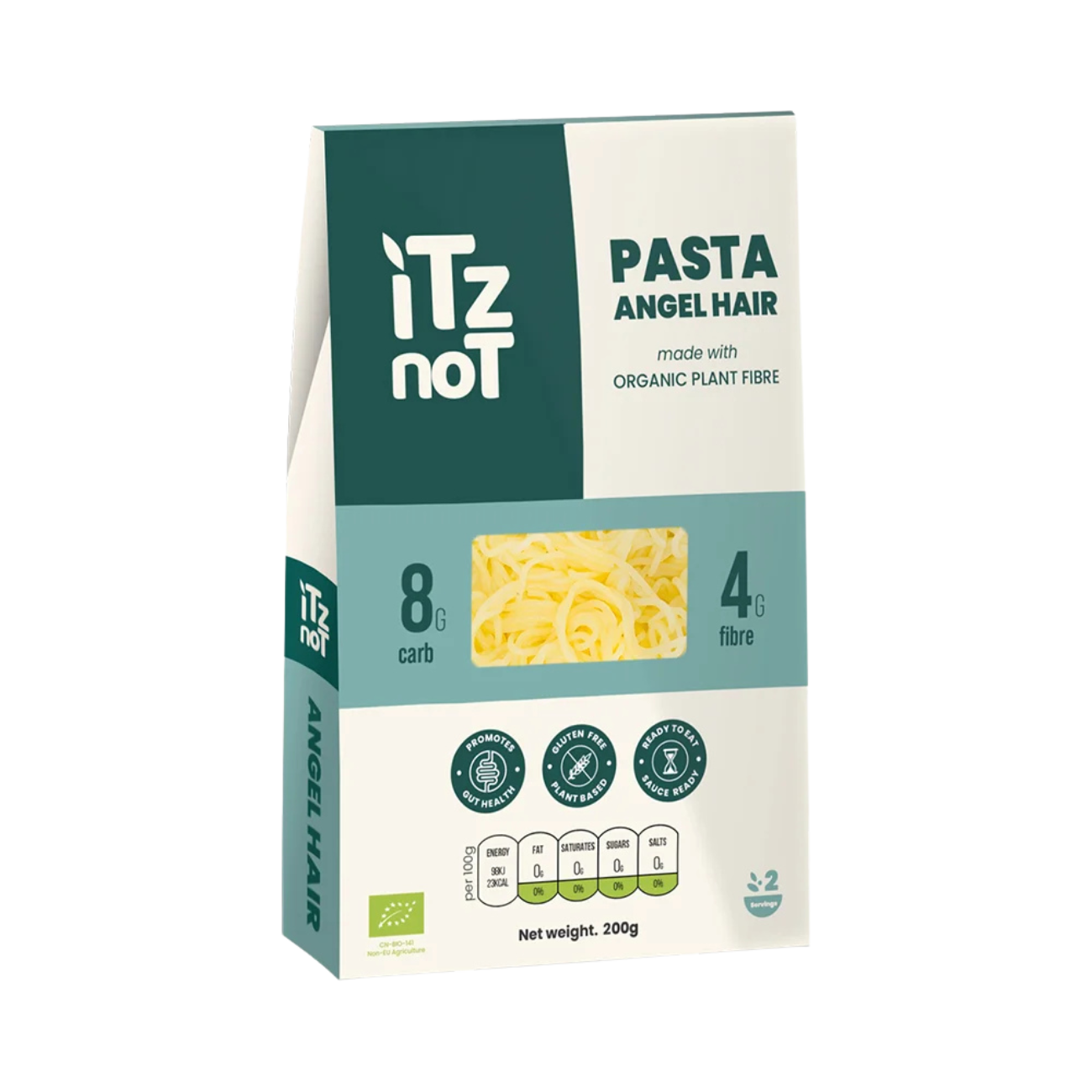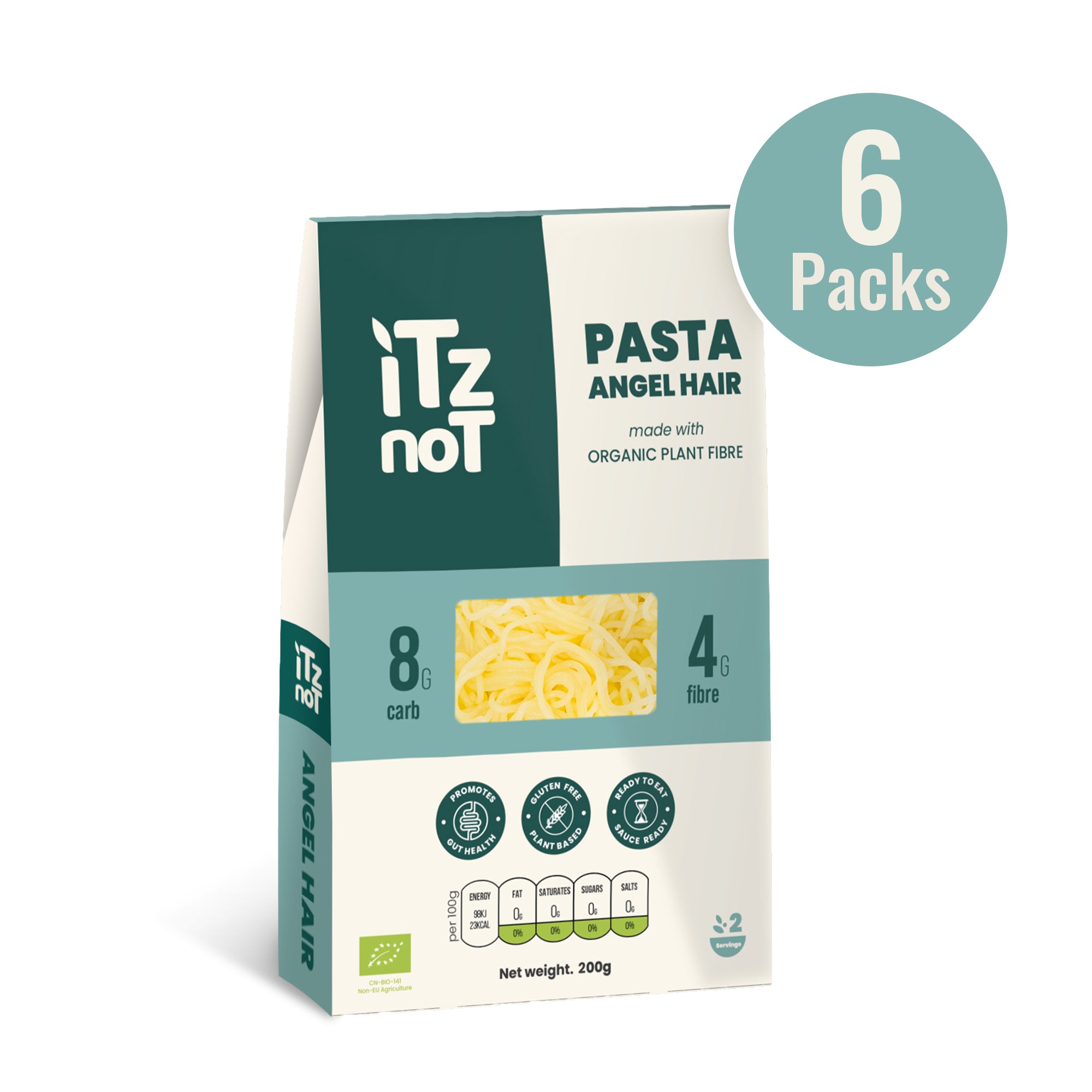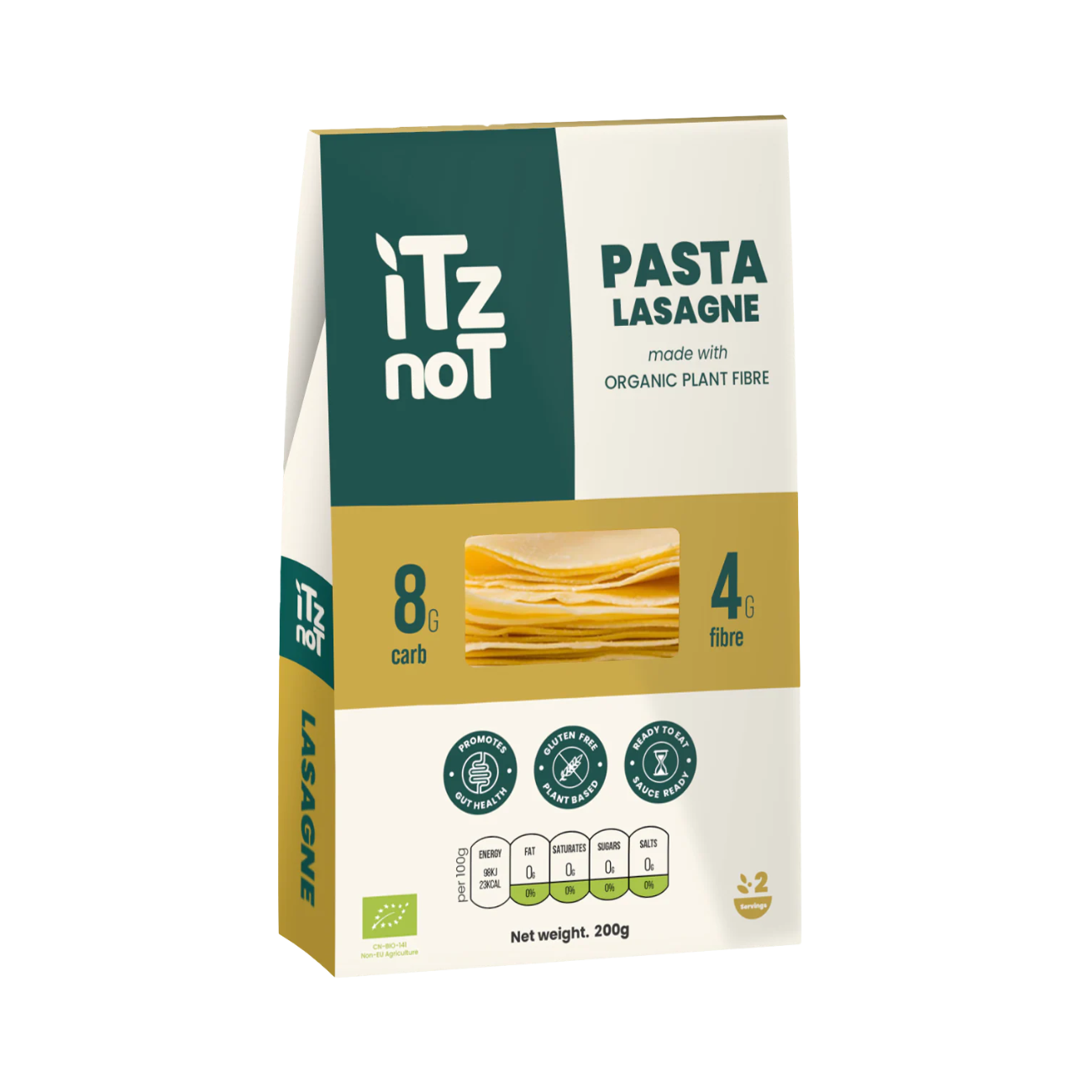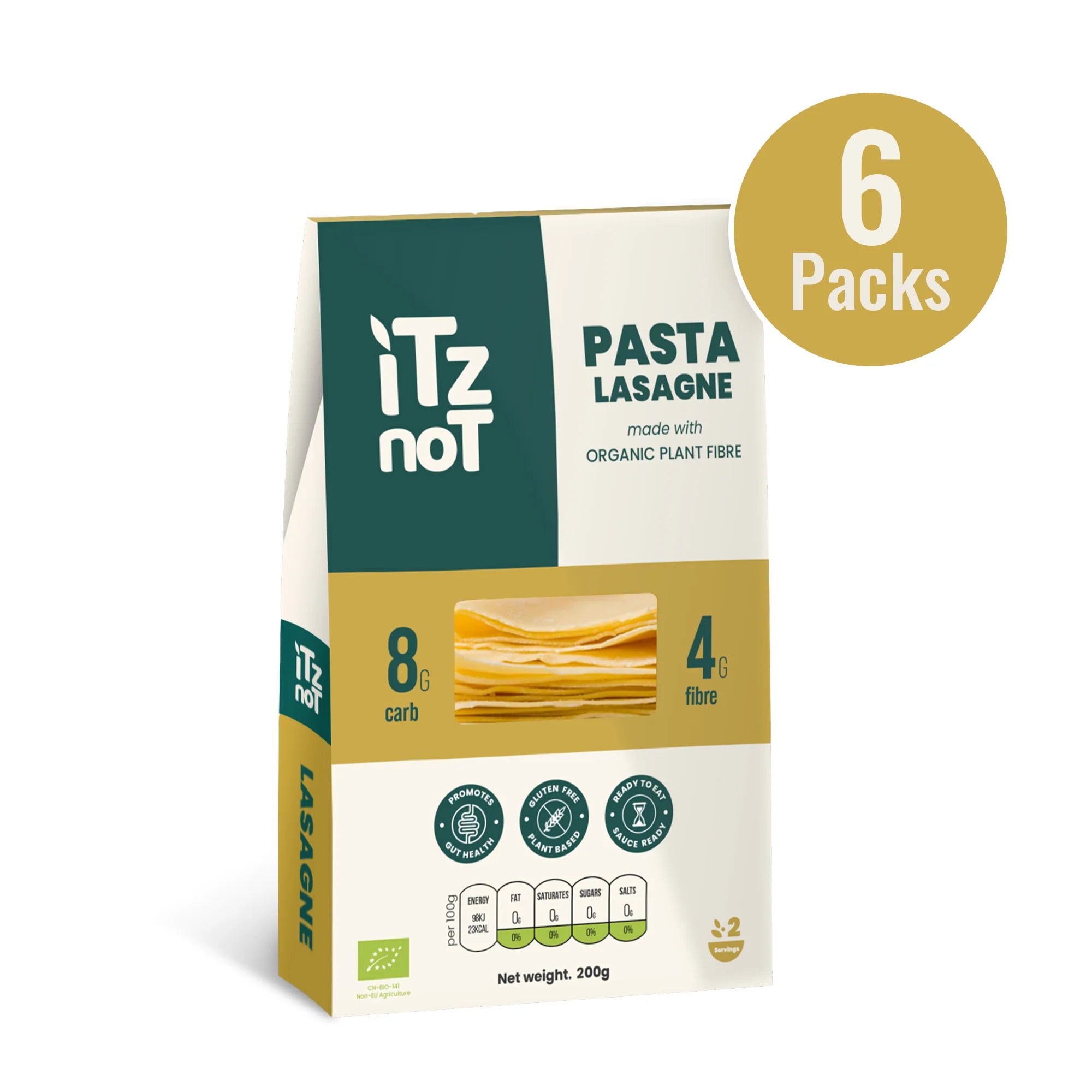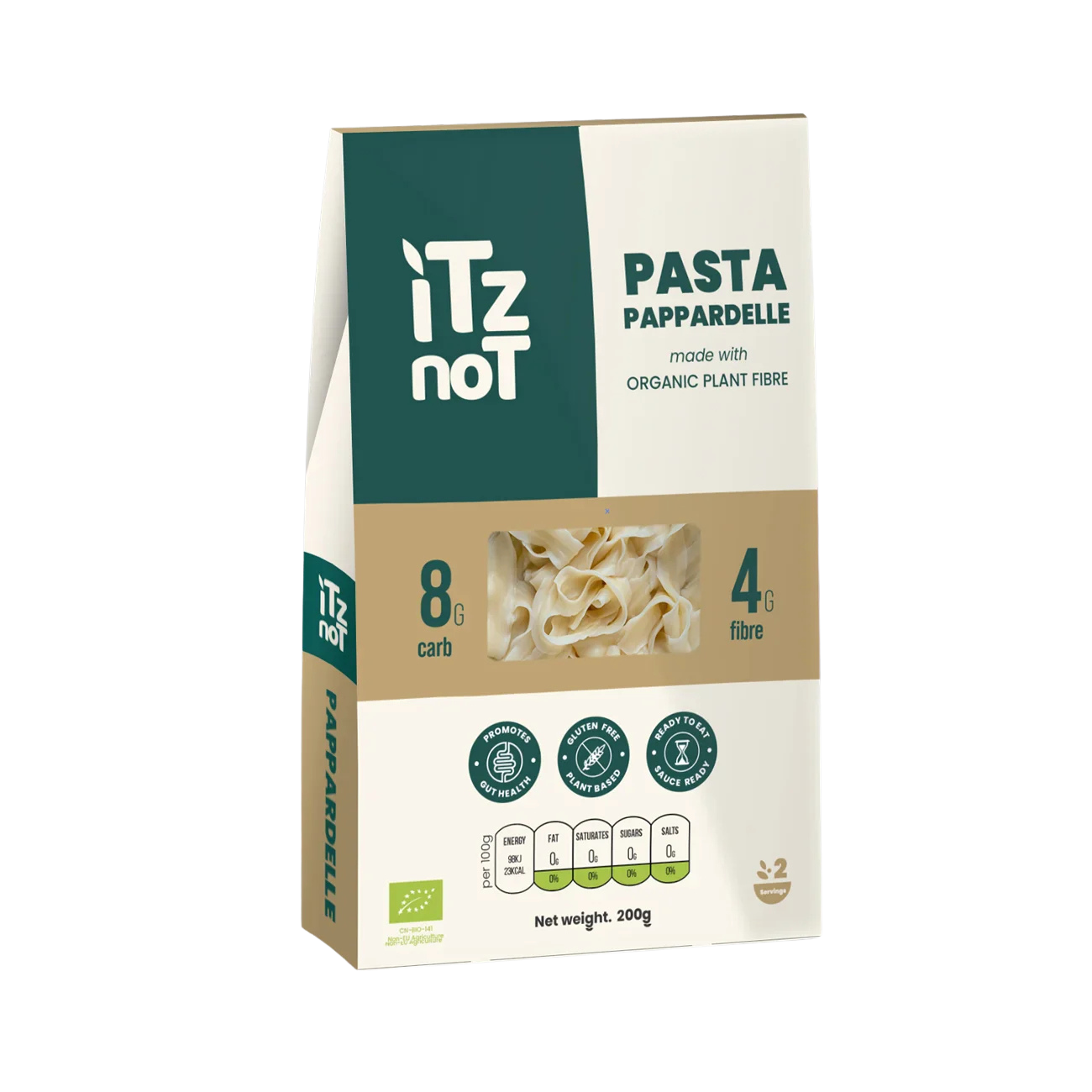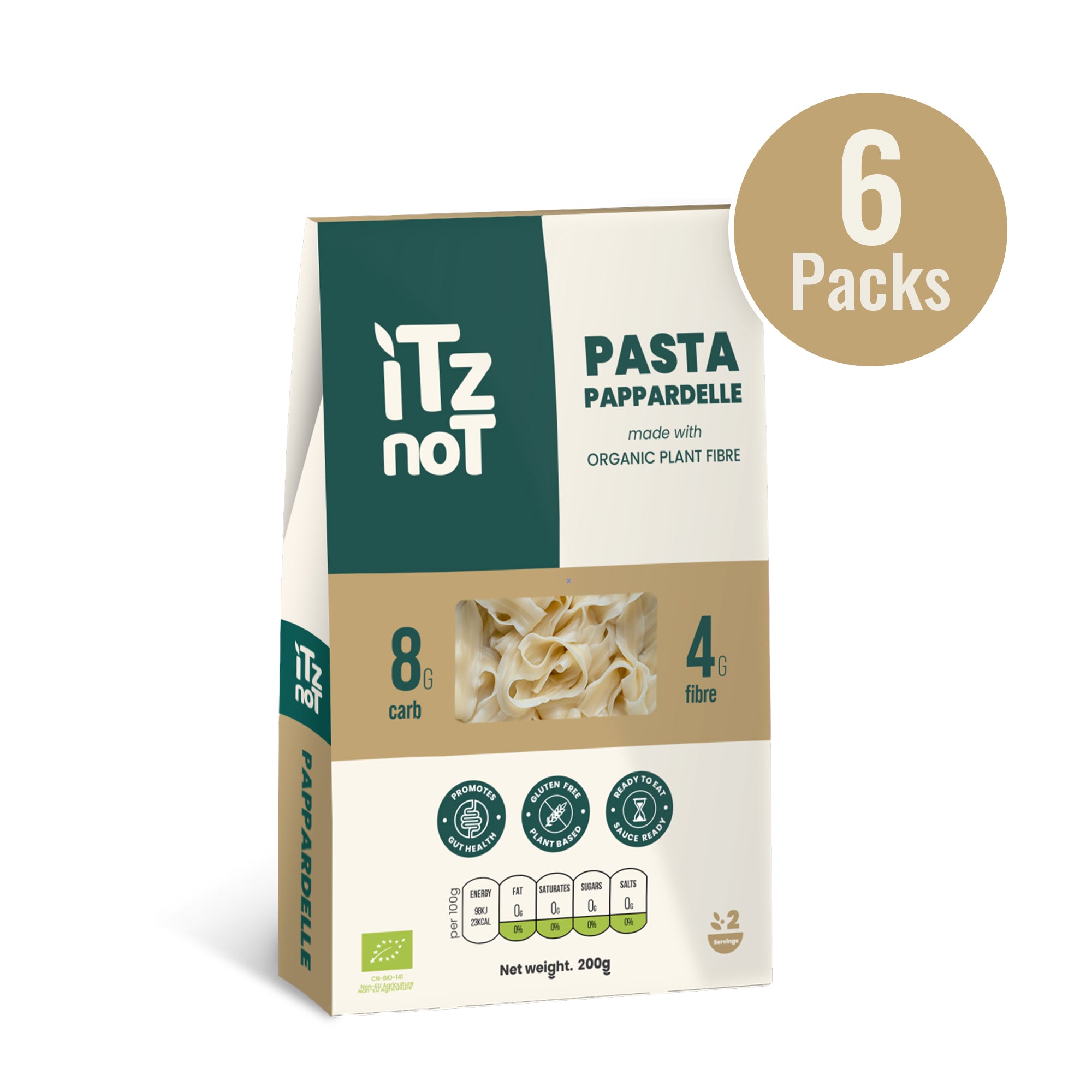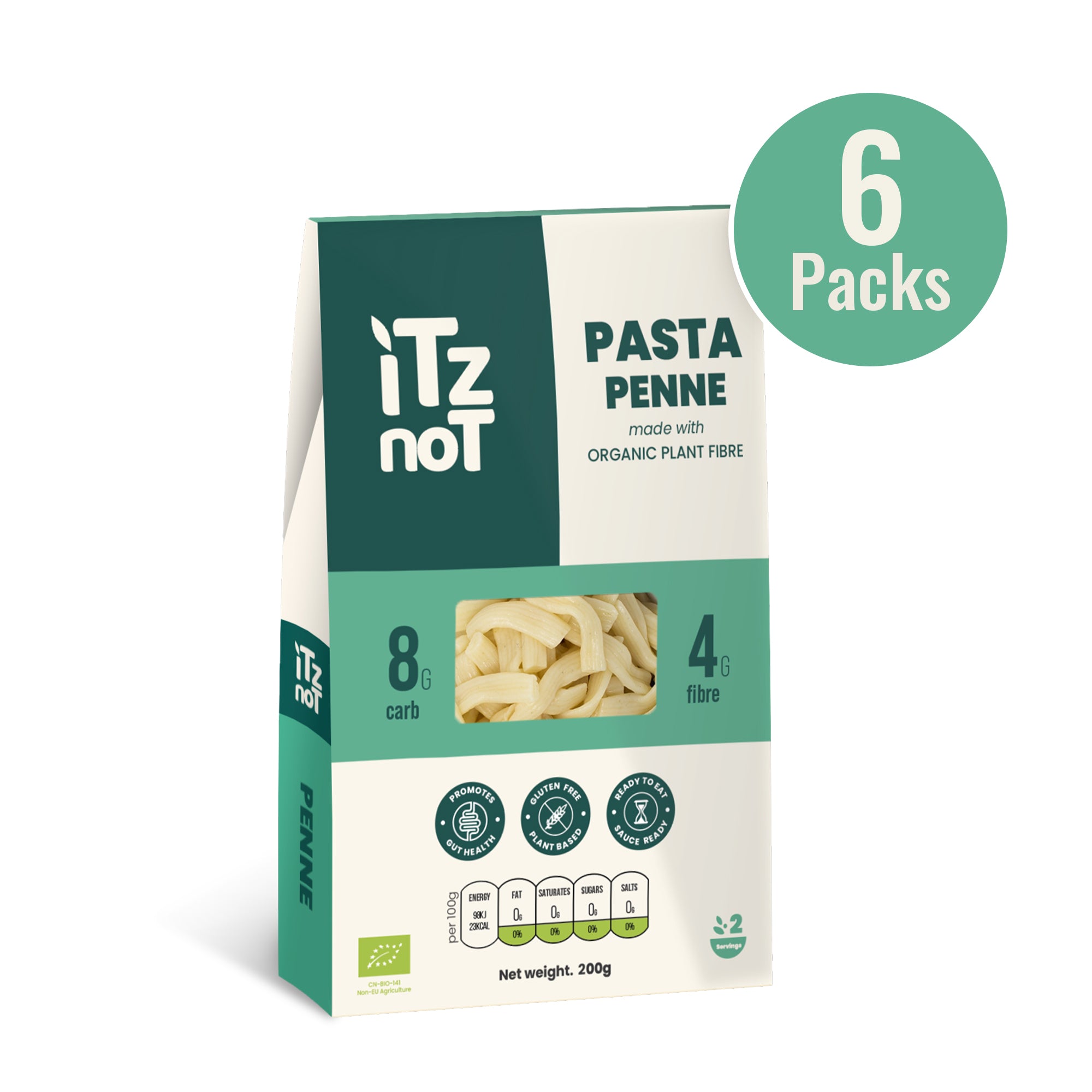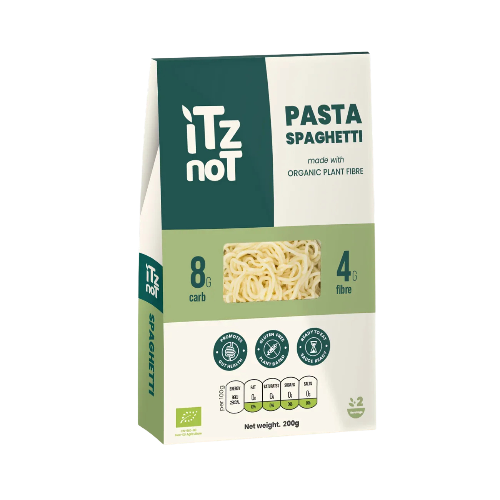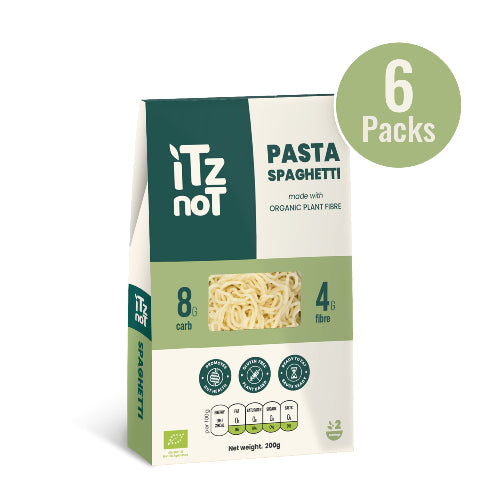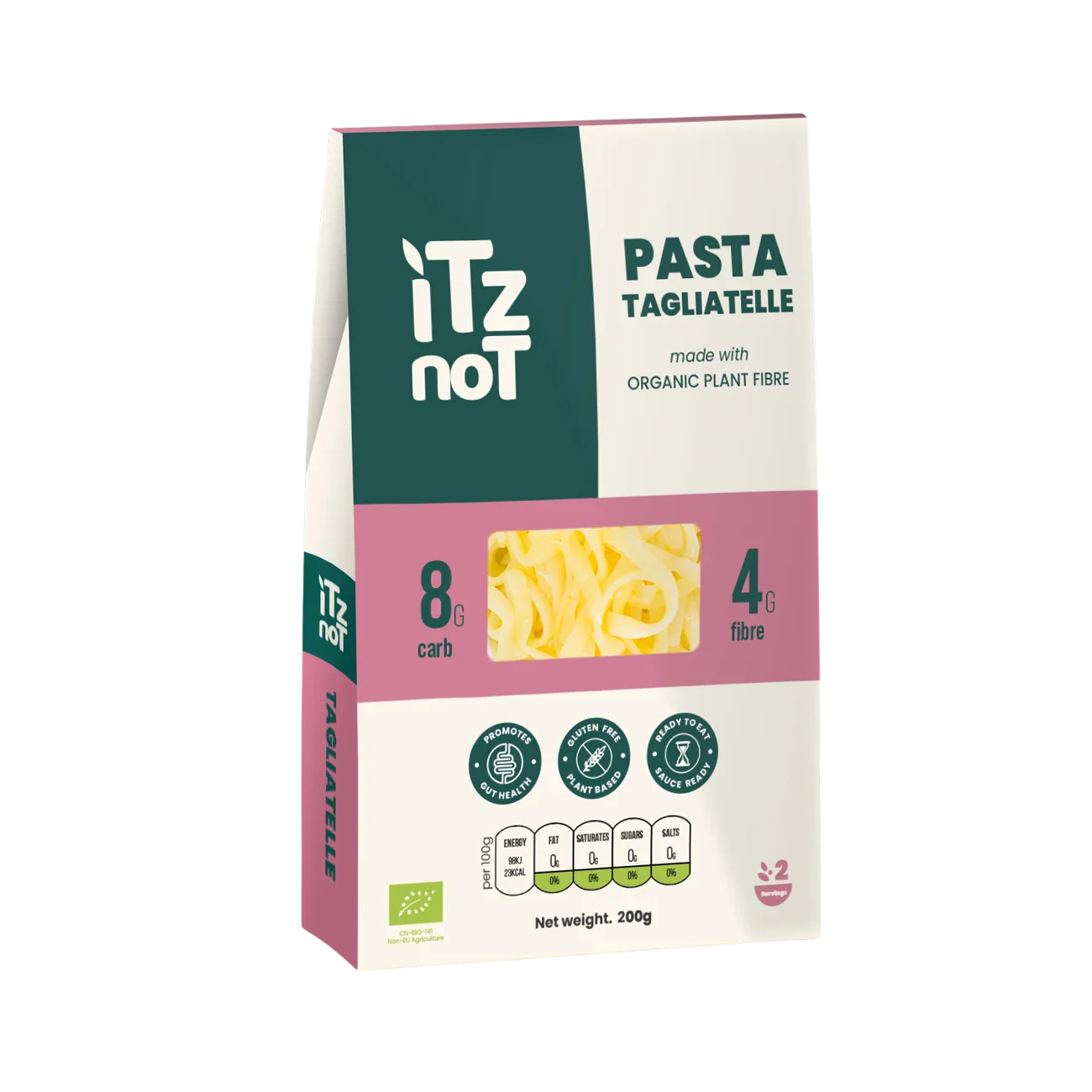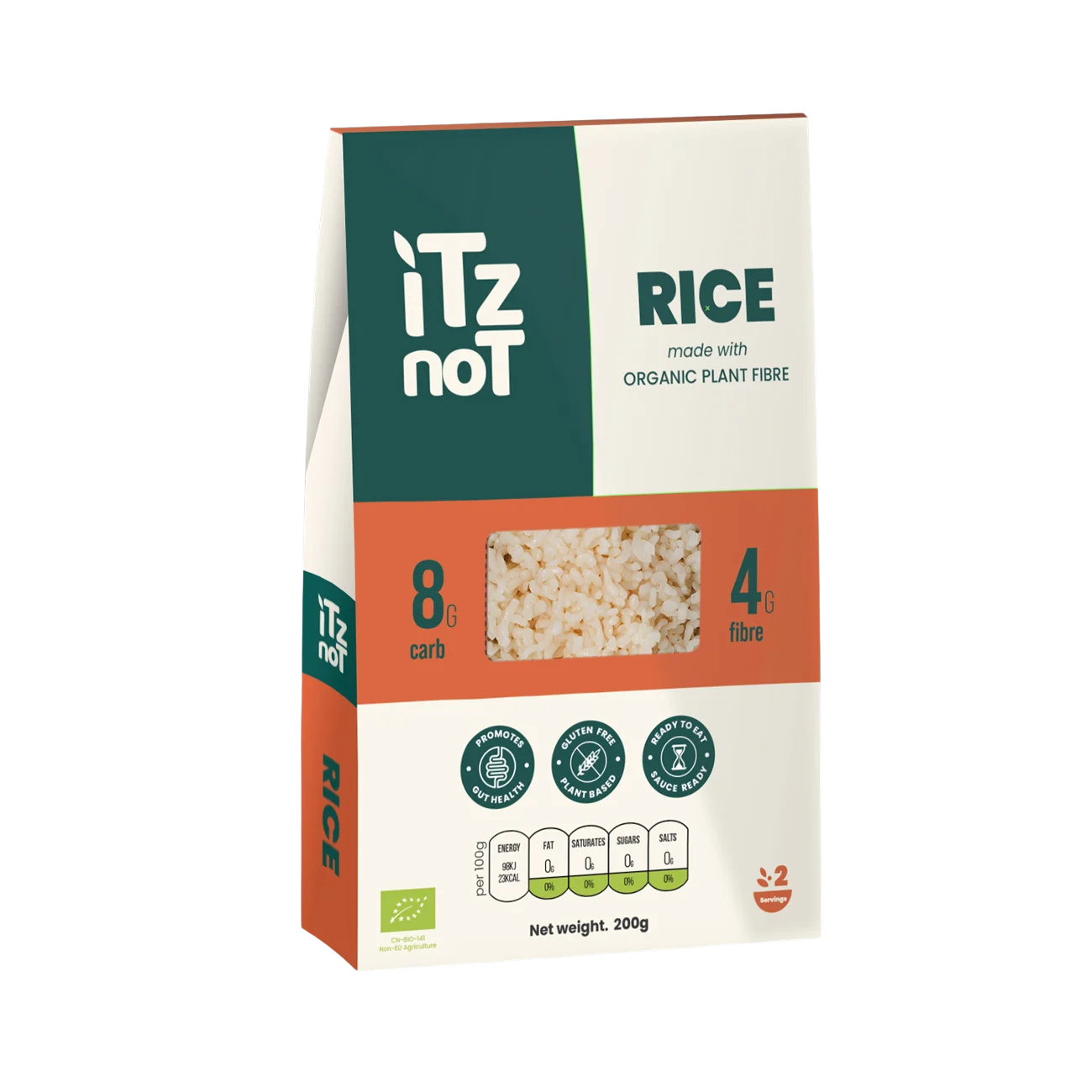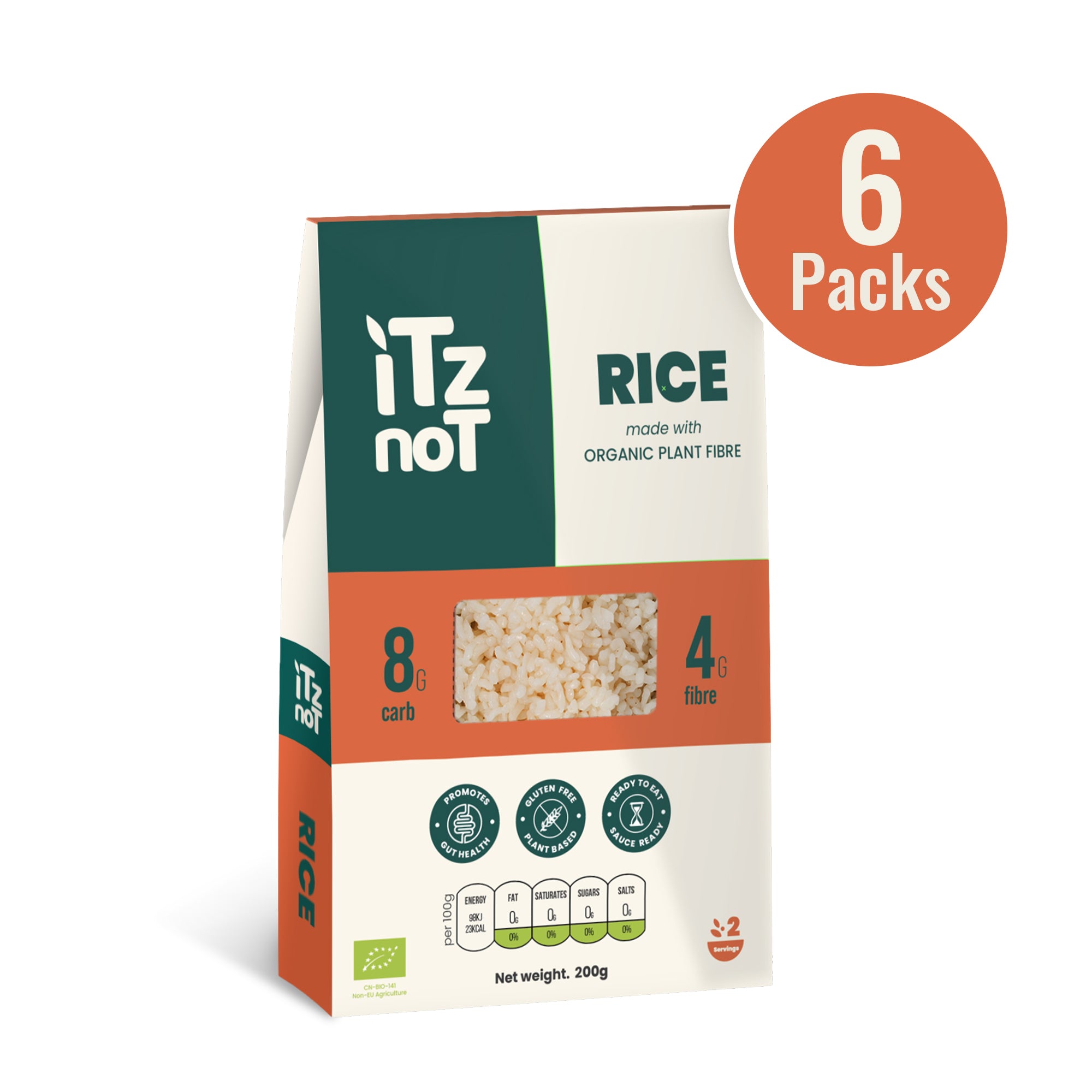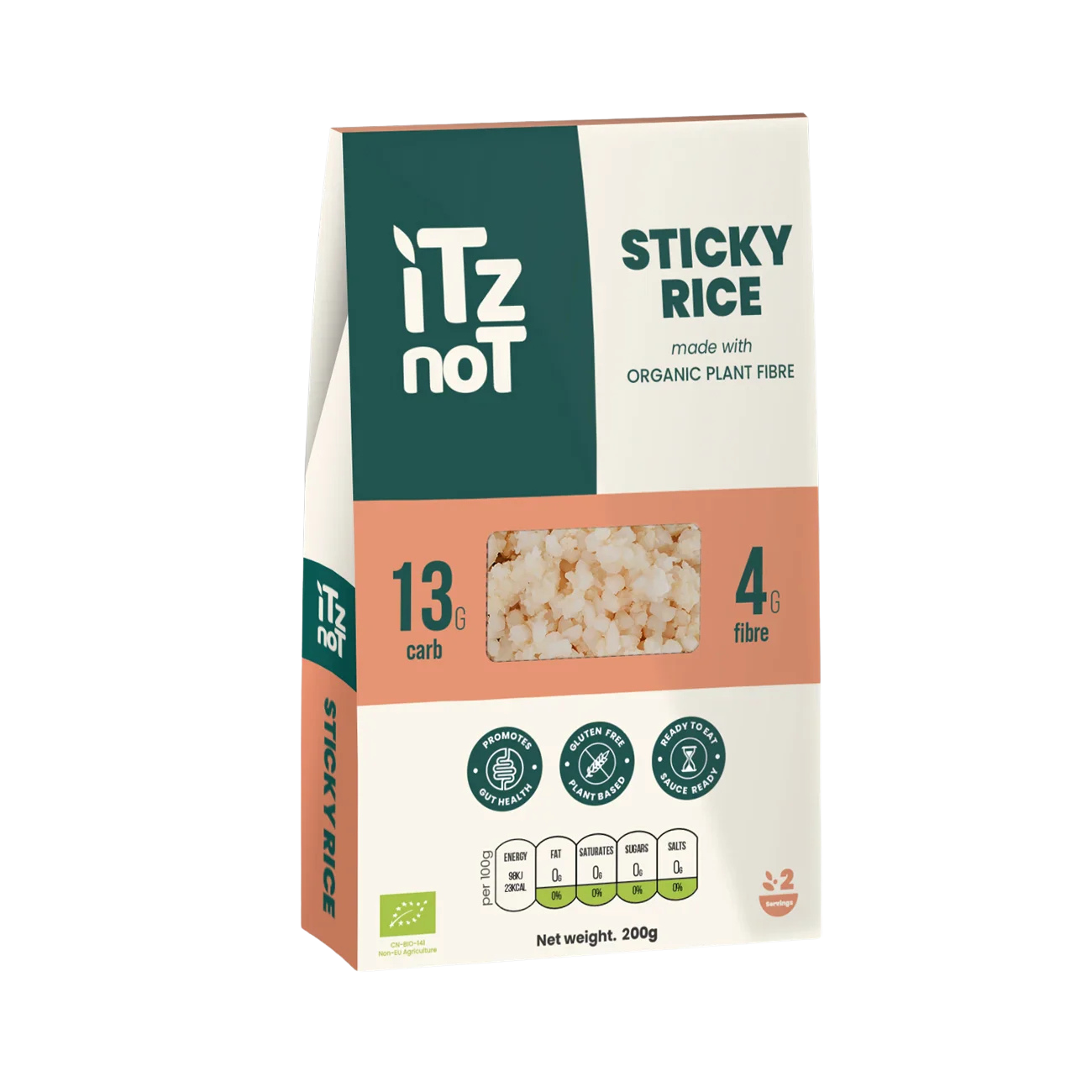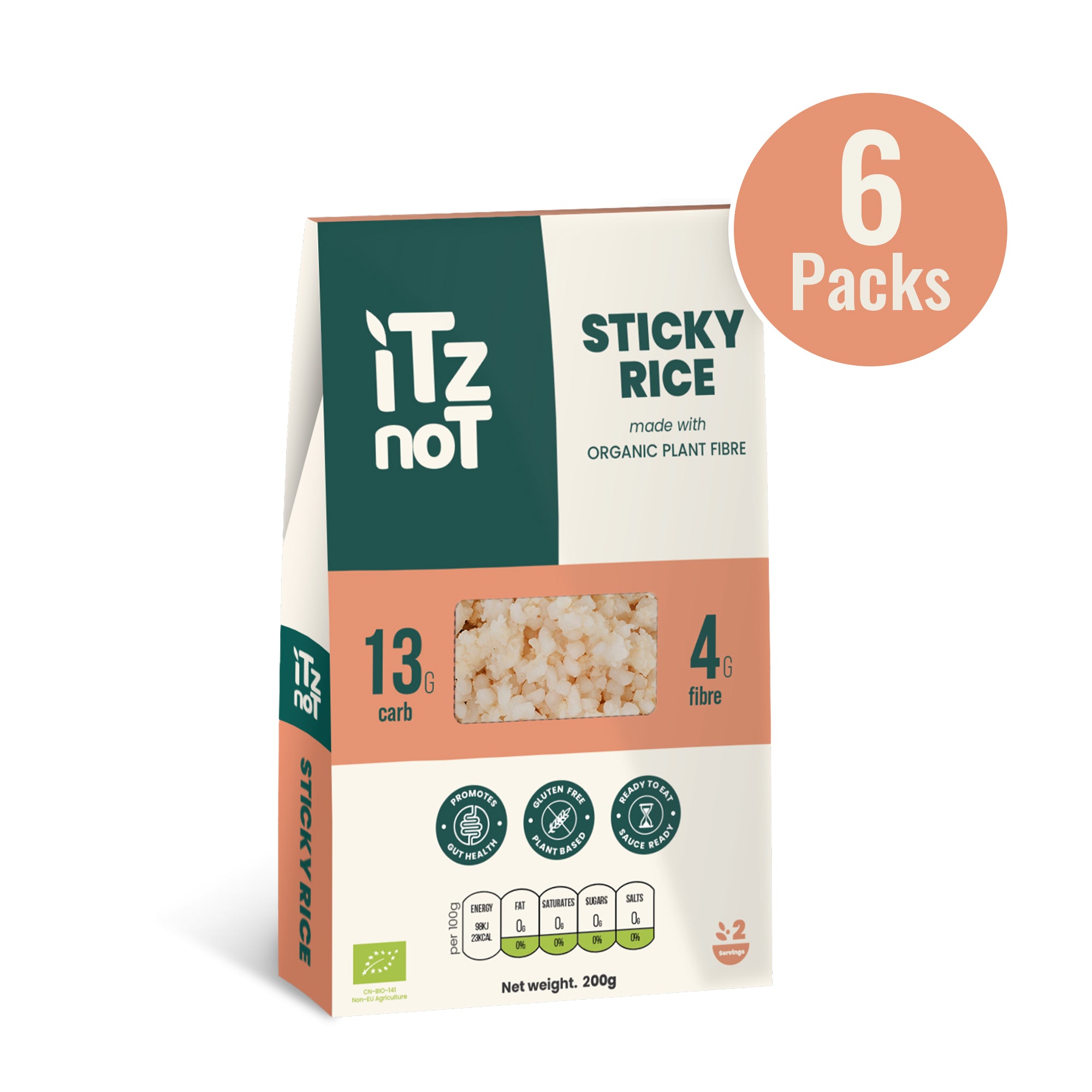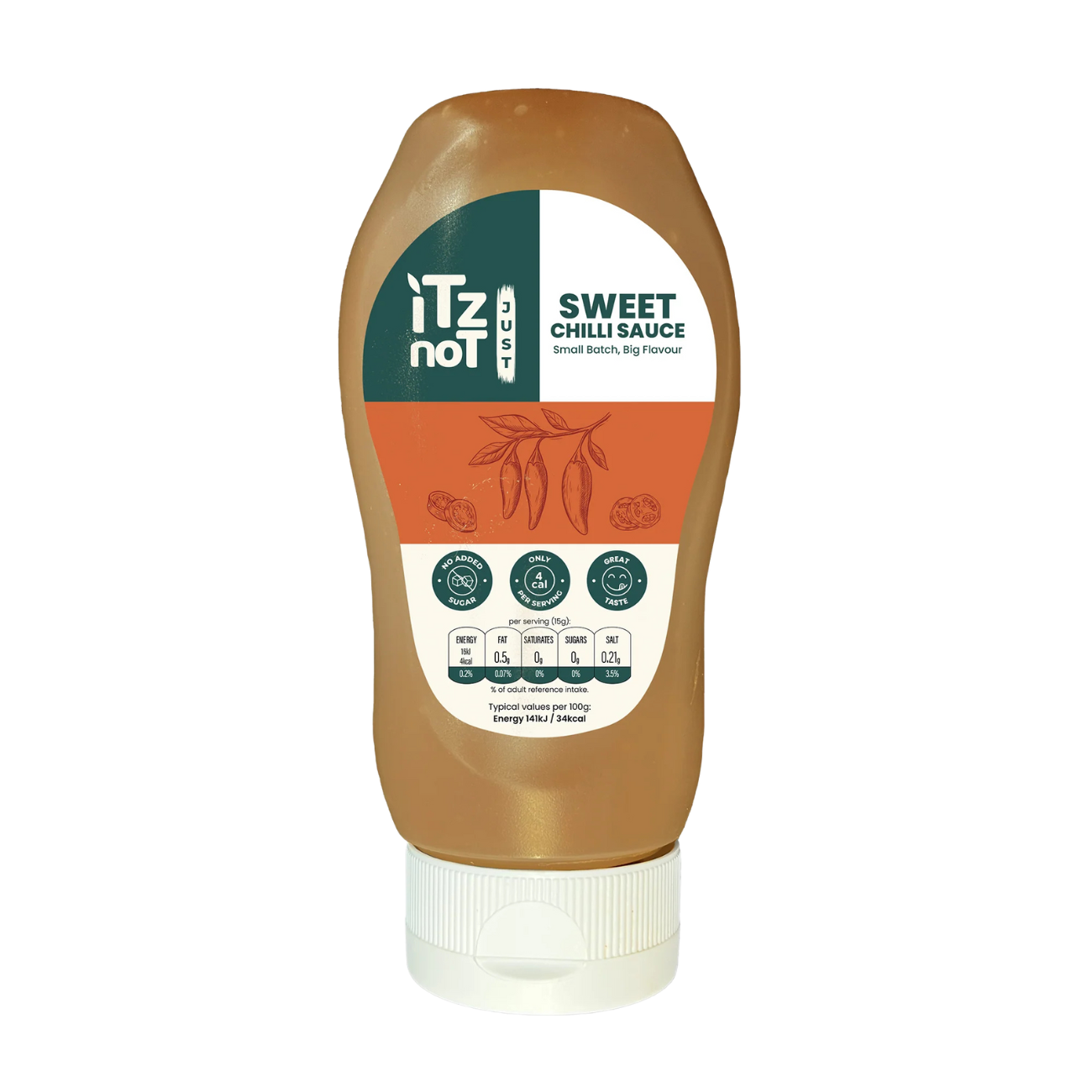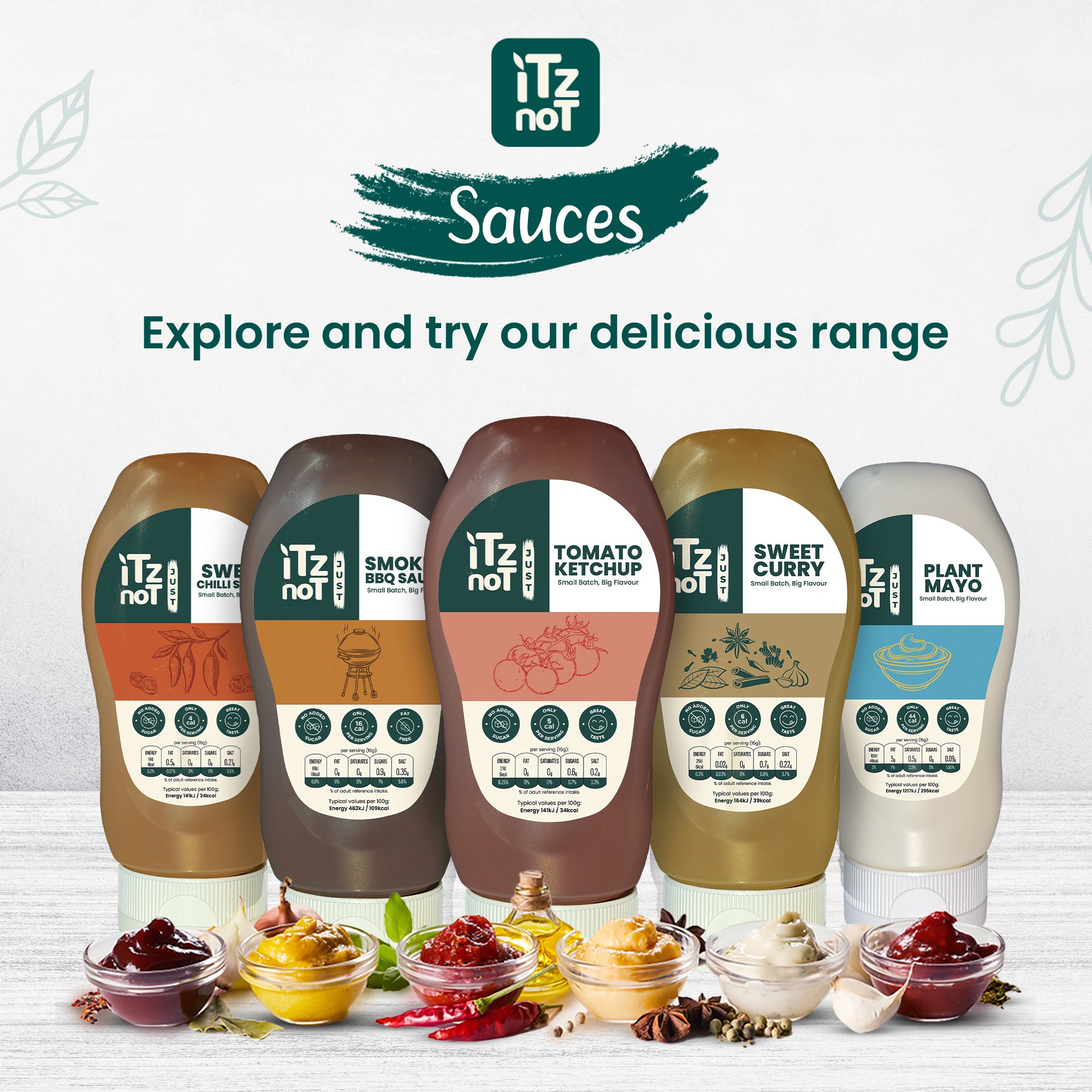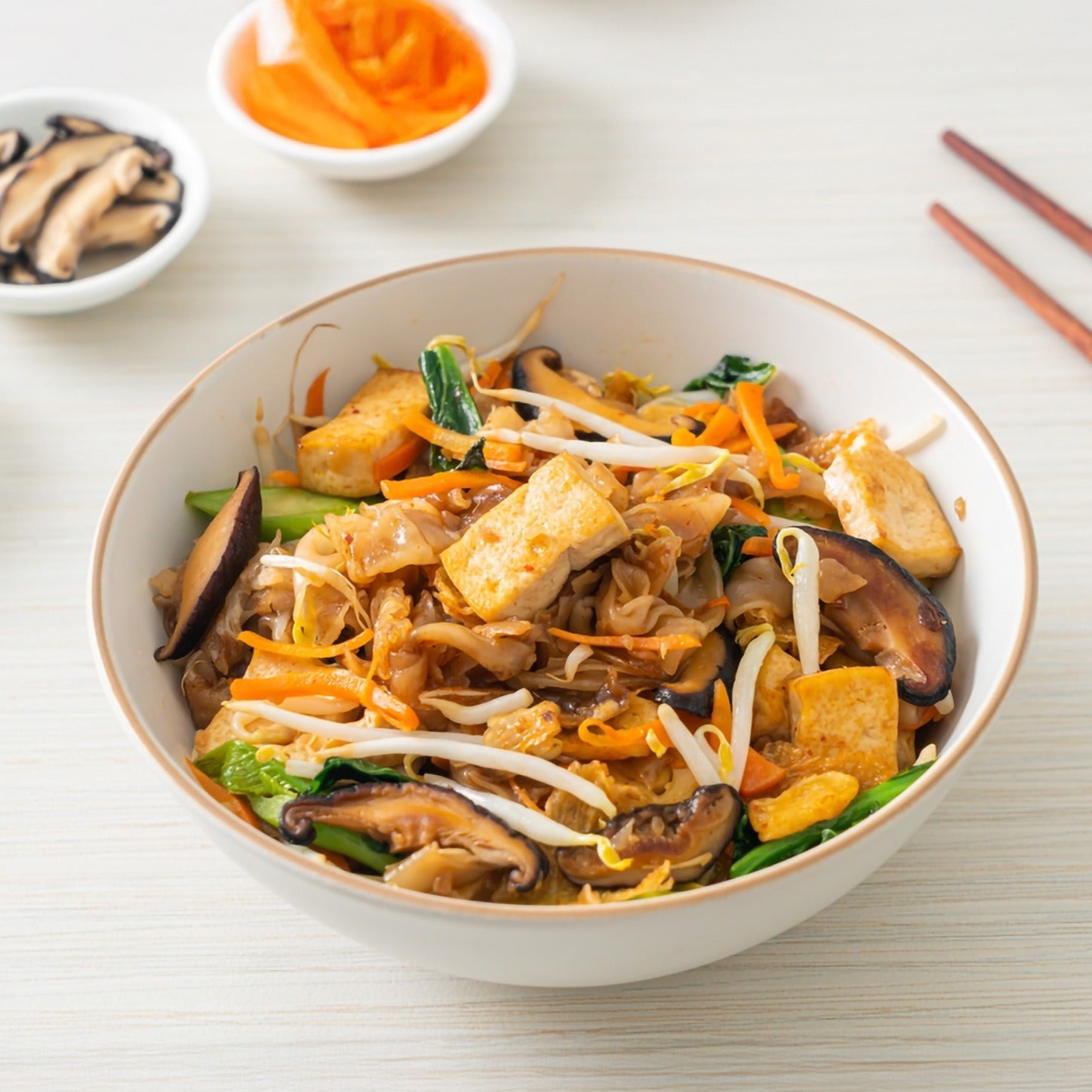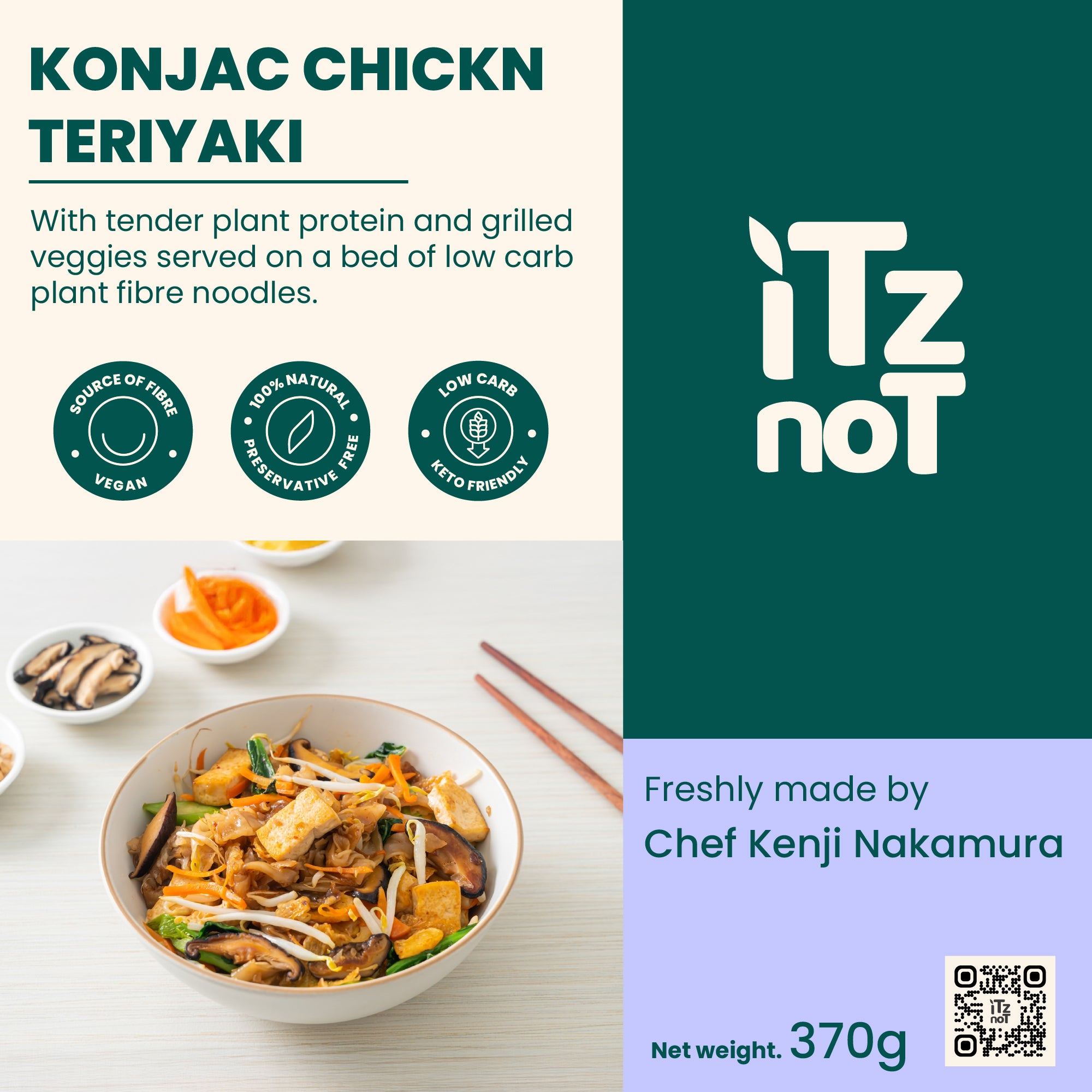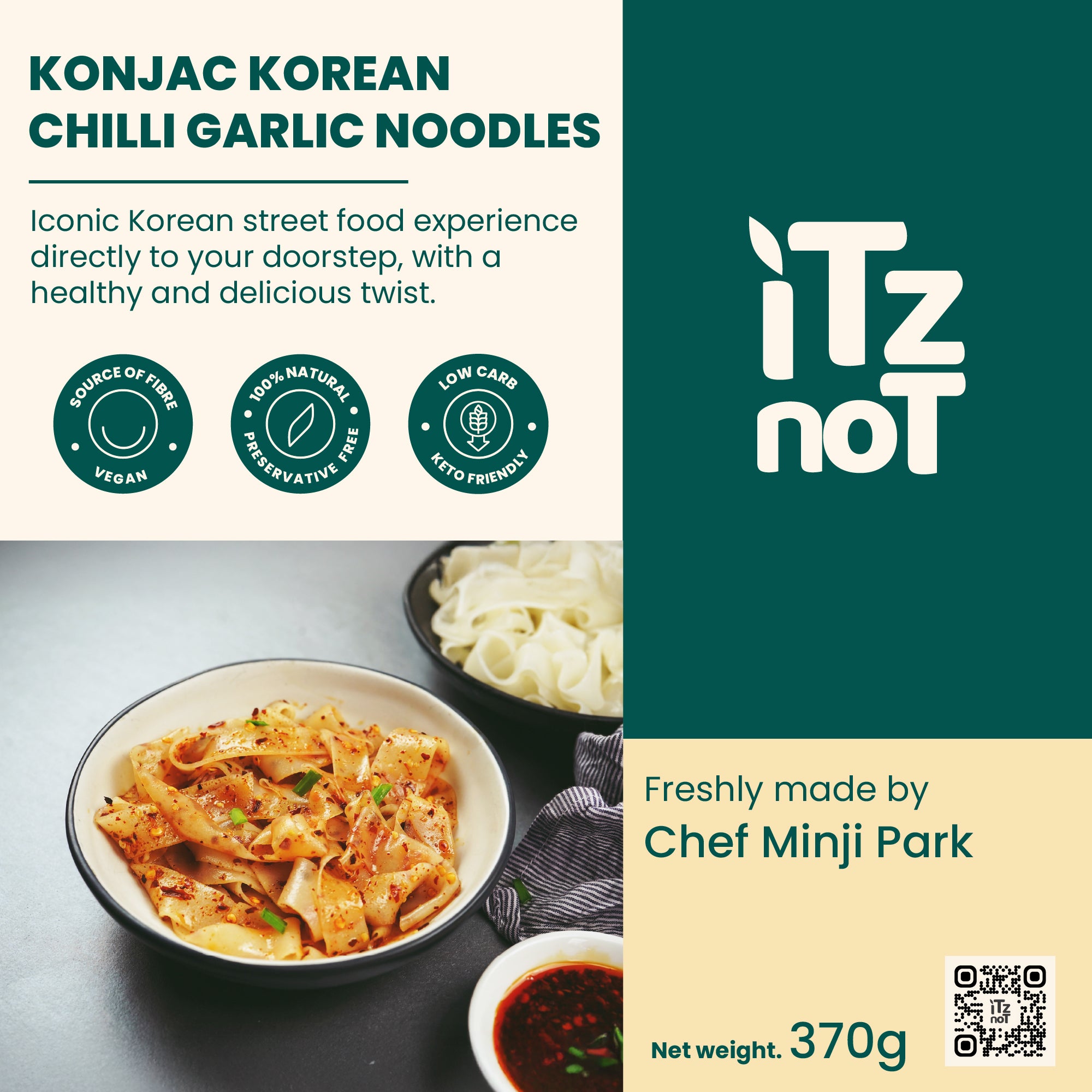
The Hidden Pot of Gold at the End of the Rainbow: The Key to Digestive Well-Being and Insulin Sensitivity.

The Hidden Pot of Gold at the End of the Rainbow: The Key to Digestive Well-Being and Insulin Sensitivity.
However, here at iTz noT, we know there are a lot of labour-intensive processes behind creating tasty foods, and we also understand the complex nutritional facts behind those foods — and we want to lift the lid on that science! Today, we are going to be delving into the miraculous carbohydrate known as resistant starch and how you can use it to improve your gut health, regulate your blood sugar levels, and reap the benefits of optimally utilizing it and achieving (perhaps for the first time) a thriving and flourishing wellness lifestyle. Learn low fat pasta ideas with iTz noT!
Carb-in-name-only: The Untold Story of Resistant Starch(RS)
Unlike many of its more conventional brethren, resistant starch is more resistant to digestion and passes unscathed, mainly through the small intestine. In that single capacity, this one feature makes it a health zealot, especially like any dietary fibre. Present in boiled, cooled versions of many foods—including rice and potatoes—resistant starch undergoes a curious transformation after cooking, unlike traditional starches, which become digestible starch during the same heat treatment; instead, resistant starch remains resistant to digestion and acts like soluble fibre.
The Science: How Cooling Supercharges Resistant Starch
The molecular level: It might sound strange, but the overall method of steaming and cooling starchy foods triggers a broad molecular level restructuring. This forms the starch granules into gelatine, which allows them to digest better while cooking. However, the subsequent cooling can trigger a phenomenon known as retrogradation. This process is the realignment of starch molecules into a crystalline lattice structure that is resistant to enzymatic digestion.
Erlangen and Delcour conducted a pioneering study consistently reporting that the resistant starch content of common staple foods (such as rice and potato) increased after the cooling step (Erlangen & Delcour, 1995). Fortunately, reheating cooled foods barely reduces their increased resistant starch content, making it an easy way to add more resistant starch to your diet.
All the (Hidden) Health Benefits of Resistant Starch: The Complete Guide
Improved Insulin Sensitivity
Resistant starch has a well-established effect on glucose metabolism by slowing down the absorption of sugar in the blood. That slow-whoosh gives it a subdued postprandial glycaemic response that makes it practically miraculous for food for people with blood sugar to regulate.
Evidence base: American Journal of Clinical Nutrition: Robertson et al. In representation of this background, Robertson et al. (2005) reported that dietary-resistant starch improved insulin sensitivity by as much as 10%(P=0.01) and increased activity factors, such as glucose and genes related to starch metabolism, which suggests that the incorporation of foods or starches with high resistant starch content has favourable metabolic consequences. Learn low fat pasta ideas with iTz noT!
Best Strategies to Cultivate a Robust Microbiome
Resistant starch provides a substantial prebiotic substrate for the extensive population of healthy bacteria that populate the colon. These genera ferment resistant starch in the colon to SCFAs, especially butyrate). Butyrate is a cornerstone of colonic health due in part to its role as an anti-inflammatory and as an energy substrate for colonic epithelial cells.
Now, a pioneering work from Bindles et al. Microbial Ecology in Health & Disease 2015: Higher doses of resistant starch is incredibly effective at increasing beneficial bacteria, especially bifidobacteria, in your gut.
Assist in Maintaining a Healthy Weight and the Sense of Fullness
Ok resistant starch is a secret for healthy weight management. It is hard to digest, so it takes a long time to travel through the gastrointestinal tract, allowing you to stay full longer. Furthermore, colonic fermentation causes the release of gut satiety hormones that may reduce total caloric intake.
In Appetite, supplemented with substantial amounts of resistant starch intake, Willis et al. (2009) report a landmark study that was significantly associated with increased satiety of participants after meals, signalling the response of permanent weight control.
How to include RS more flexibly
It is easy to get the benefits of resistant starch by cooking and cooling starchy foods. Our iconic iTz Not Just Tofu, for instance, can be made with konjac rice. Chill it and eat it as a gorgeous fresh salad, or warm it up again for a cozy hot meal while remaining packed with the same resistant starches as before.
Having a clearer picture regarding the scientifically proven advantages of resistant starch makes it easier to make dietary choices that improve your health and well-behaved wellness. Head over to the science-based Learn page for the rest of the story, and join us on our quest for better wellness (maybe with iTz, noT products that we curated specially for you). Eat a healthy pasta recipe!
